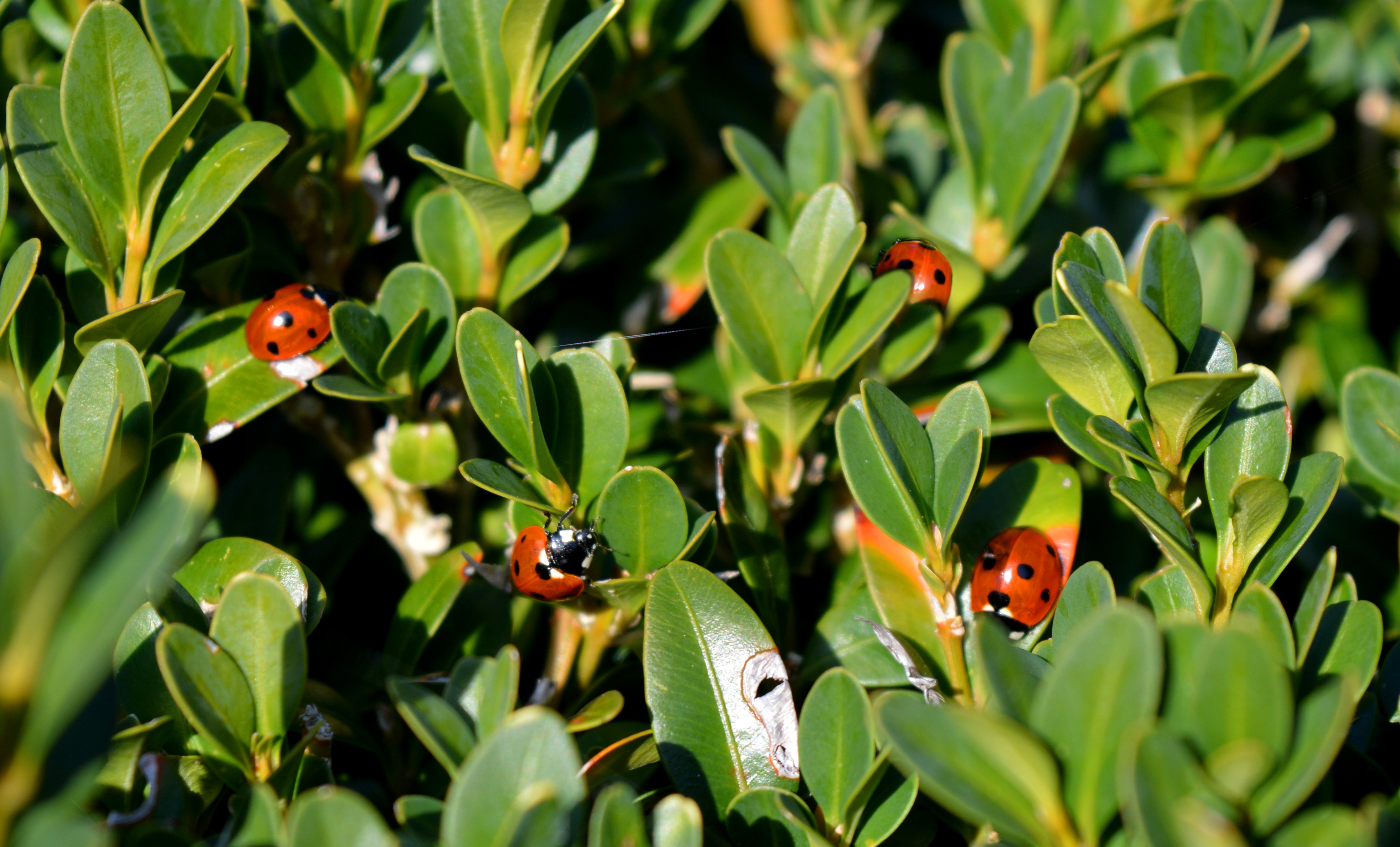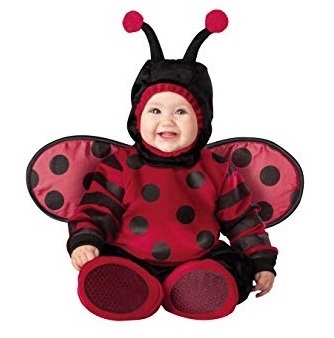In this series of articles, Growers Network discusses beneficial organisms that can help keep your Cannabis grow pest free. Today’s topic: Ladybugs.

Hello! We’re back with another beneficial profile! Today we’re talking about ladybugs, a great beneficial insect you can add to your pest management program.
Quick Look:
Scientific Name: Hippodamia convergens
Common Name: Convergent Ladybug
How They Help: Ladybugs prey on aphids and a variety of other Cannabis pests

Pretty Deadly
Everyone (almost) likes ladybugs, and can you blame them? These cute little beetles are brightly colored and for the most part leave humans alone. A natural predator of several Cannabis pests, ladybugs are a chemical-free, organic option to combating the pests that would like to thwart your efforts. While they are primarily used for aphid control, they will prey on a variety of arthropod pests.
Pests Eaten by Ladybugs:
- Aphids
- Thrips
- Whiteflies
- Mites
- Several species of beetle larvae
- Additional soft-bodied insects
As mentioned previously, ladybugs are beetles. All ladybugs are members of the family Coccinellidae, and there are over 6000 species of ladybug with varied ecological niches. For control of Cannabis pests, Hippodamia convergens are what you want and are available commercially. H. convergens is a voracious predator. Sure, they look innocent with their spotted red shells, but don’t be fooled, they’re killers.

As they grow, early instar stages can eat up to fifty aphids a day, with a fully mature ladybug eating about twenty a day. Eventually, a ladybug will consume over 5000 aphids over the course of its lifespan. When food is scarce, ladybugs can feed on nectar and honeydew, but they need to feed on aphids and other arthropods in order to reproduce, and reproduce they will! Adult females lay up to 50 eggs a day. The eggs hatch in under a week and the larvae emerge, ready to chow down on pests. One additional thing to note is that ladybugs tend to disperse to new locations as soon as they are able to fly, so ladybugs are best utilized in indoor grows.
So there you have it, your ladybug basics. These insects are a great, cost-effective alternative to chemical prevention methods. This is especially important when cultivating a consumable crop such as medicinal Cannabis where patient safety is key.
Have you used ladybugs or another type of beneficial in your Cannabis grow? We’d love to hear about your experience. Go ahead and leave a comment in the survey below, or better yet, join our forum and start a discussion. Happy growing!
10 Best Gift Ideas for Cannabis Connoisseurs and Growing Aficionados (2022)
December 7, 2022Developing and Optimizing a Cannabis Cultivation System
December 14, 2021Dealing with Insomnia: How Can CBD Help?
December 10, 2020Your Guide to Sleep and CBD
December 7, 2020
Do you want to receive the next Grower's Spotlight as soon as it's available? Sign up below!

Do you have any questions or comments?

About the Author
Chris DeWildt is a graduate of Grand Valley State University and Western Kentucky University. He worked in education and publishing for ten years before joining the team at Growers Network.